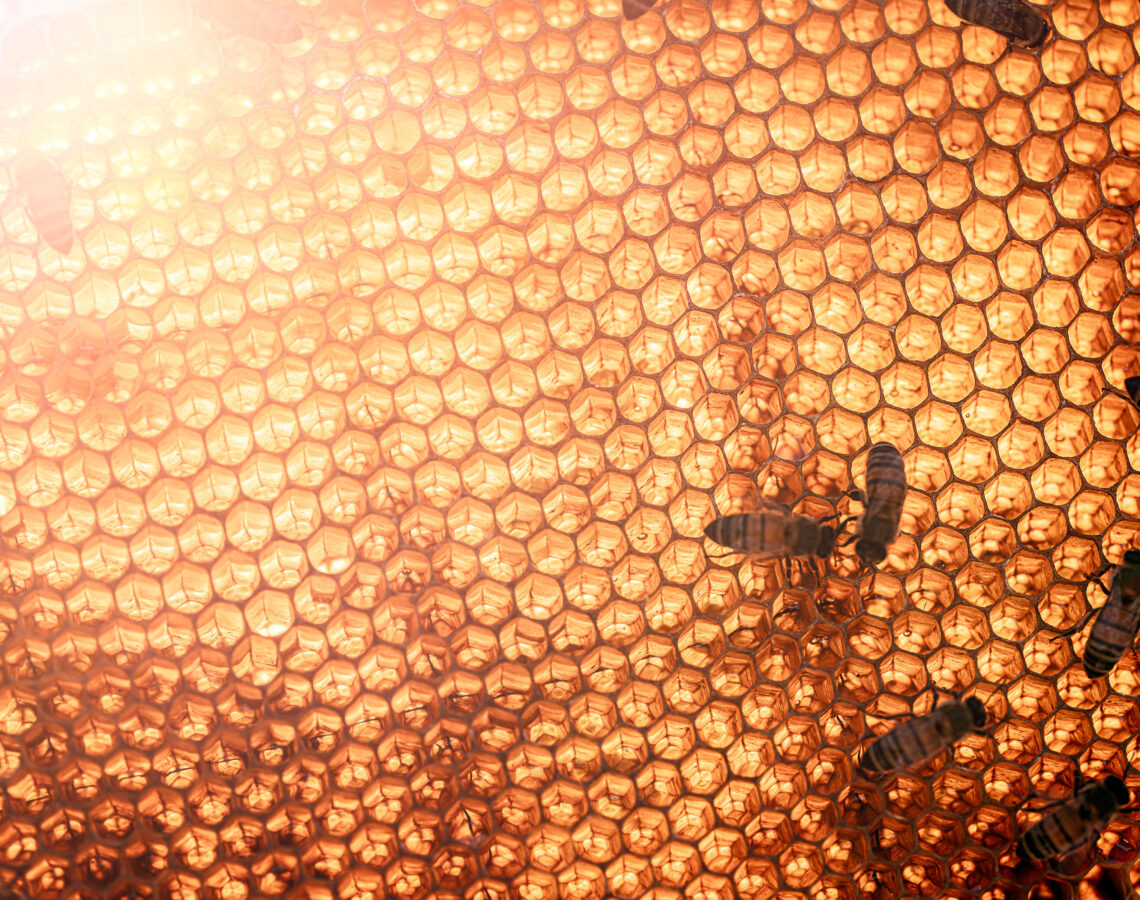What is the Winter Solstice, and Why Does it Matter to our Honey Bees?

Happy winter solstice!! Today marks the official start of astronomical winter.
The winter solstice is so fascinating to me because although it’s the start of winter, it also marks the shortest day of the year, which means each day moving forward we will continue to get more daylight each day! (In some cultures, they recognize the solstices as the midway point of a season. For example, in Sweden Midsommar, or Midsummer, is celebrated on the summer solstice in June as the middle point of the summer. This makes a whole lot more sense to my brain!) The winter solstice actually technically describes not an entire day, but rather a single moment when the one hemisphere of the Earth is tilted as far away from the sun as possible. For those of us in the Northern Hemisphere, that time is today, December 21, 2022, at 3:48 CT. Check out this handy graphic from NASA which helps demonstrate what is occurring today.
What does this mean for honey bees? Though we Texans are bundling up for what is going to be a very cold weekend, we are actually entering what is known as the expansion phase for a honey bee colony. I always equate the mechanics of a colony to that of an accordion: a colony can expand in size by the queen’s increase in laying of eggs, or decrease in size by her decrease in laying (or stopping altogether.) Depending on your climate you may see multiple periods of expansion and contraction. Generally speaking, the expansion phase occurs after the winter solstice, and the contraction phase will begin after the summer solstice. Of course, this doesn’t happen in a straight line and you need to account for different climates and weather patterns. For example, in Texas we see the largest colony expansions starting early in the new year, then a slight contraction in the summer months, another short small expansion in the fall, and then our greatest contraction phase as we move into the winter. You can see how these expansion and contraction follows weather patterns, or more specifically, the availability of food and resources.
Of course, just because today is the shortest day of the year we won’t see much expansion in the way of egg laying for our queens starting tomorrow. But there is no doubt that the winter solstice marks an important symbolic point in time for nature. As the days get longer, the plants will start to respond in kind to the additional sunlight. As the days continue to get longer and warmer, we will start to see more plants germinating, longer foraging periods for our bees, and ultimately, brood laying will commence once again in the hive.
This is symbolic for beekeepers as well. December and January are the ‘quietest’ months for us as far as working our bees goes, and the winter solstice reminds me the break will soon be over. By early February we will be doing our first inspections of hives and preparing ourselves for swarm season, which we may start to see as soon as late February. Soon we will be back in the apiaries daily, keeping smokers lit for 6+ hours each day, back to the joy of the working bees (or some days better described as a ‘grind’, depending on how the day is going!)
If you are an existing beekeeper, now is the time to begin to get yourself prepared for impending bee season. Repair and build your wooden ware. Make plans for any apiary expansion. Reflect on the past year: what might you do differently in 2023? What lessons do you still have to learn (hint: there’s always lessons ALL of us can still learn!) If you are still a budding beekeeper, now is the time to plan as well. Read a few books, take a first class, find a beekeeping community.
Whether you are an existing beekeeper or a brand new(bee), I’d love to help. Our apprenticeship program will start its 13th running in February 2023, and I am convinced it’s the best way to start a beekeeping journey or improve your skills. Even if you’ve had bees for several years, this program is created in a way to take you, no matter where you are in your journey, and make you a better and smarter beekeeper. I have the testimonials to prove it from beeks that had bees anywhere from 1 to 7 years before finding me, and happy to share them.
If you’re a new beekeeper, it’s a great way to get it right from the beginning, and find a beekeeping community to help provide continued support and assistance. You don’t need to have had any prior experience, you just need a healthy curiosity and a willingness to learn (and get a little dirty.)
If you’ve been eyeing this program for a while and have hesitations or questions, contact me and tell me what they are. Let’s see if we can work through them together.
If you don’t live in an area where commuting to Austin one day a month makes sense, check out our online intro to beekeeping class. I think you’ll find it a joy to watch.
Happy winter solstice to you all!
Tara Dawn



Leave a Reply